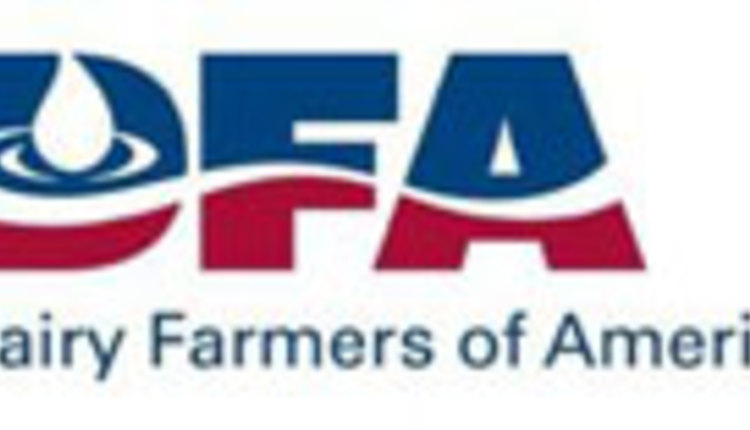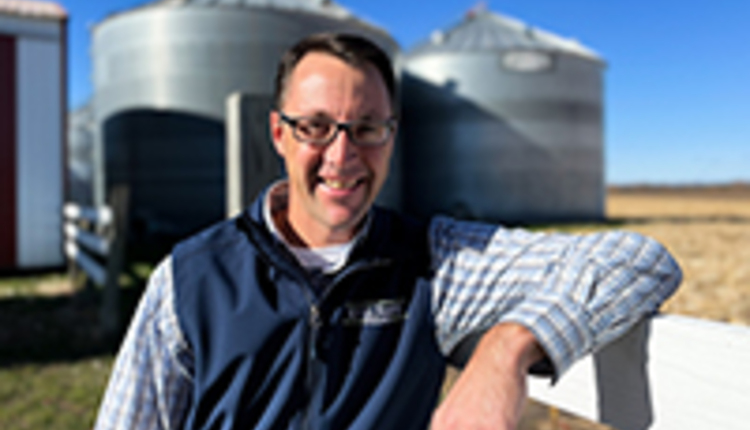The information below has been supplied by dairy marketers and other industry organizations. It has not been edited, verified or endorsed by Hoard’s Dairyman.

“Unlike alfalfa, we typically aren’t looking to feed corn silage for the protein content, rather an energy source,” says Cliff Ocker, Rock River Laboratory director of sales and client relations. “As we look at the needs of a dairy cow in particular, the greatest nutrient need, next to water, is energy.” With that in mind, Ocker shares his recommendations for the key harvest planning points as farms start itching to get the new crop corn silage harvested and into storage for fermentation to do its work.
Balancing the Diet
Since the quantity of energy required is so high and often the most limiting in the diet, corn silage is a key piece in the diet puzzle to help meet that requirement. Ocker explains, “corn silage can provide energy through several avenues: fiber digestibility and starch or sugar - making it a great forage for many ruminants.”
But what determines high-quality corn silage? Considering what is to gain from on-farm forages may help determine this answer.
“If not available from forage, sufficient fiber digestibility [Neutral Detergent Fiber – NDF] is very difficult to achieve in a diet - unlike protein and starch that can be added quite easily,” says Ocker. “Striving for the greatest fiber digestibility in forage crops will pay dividends in cutting feed costs and optimizing health and performance”.
While this part of planning must be done much sooner than harvest prep, producers have many options in terms of hybrid selection to help provide the best balance of fiber digestibility, starch, and starch digestibility in corn silage.
Moisture Levels
Harvesting at the right moisture is likely one of the most influential factors when putting up corn for silage. Moisture plays a critical role in packing and fermentation, which are important when trying to preserve the forage’s nutrients.
Ocker recommends working closely with an agronomist and nutritionist to develop the right protocols for achieving ideal moisture levels that align with the specific harvest situation and storage type. “Keep in mind that harvesting too wet or too dry can compromise your forage in a number of ways, including lost nutrients during fermentation and less available or undigestible nutrients, while increasing the chances of molds, yeast, and mycotoxins.”
Starch
Starch levels and starch digestibility are important pieces of high-quality corn silage. Harvesting too wet (immature) leaves starch underdeveloped – providing suboptimal energy. Harvesting too dry can make that same starch too hard for the animals to digest and utilize.
“While higher starch values are nice, but if it is not easily utilized by the animal, it is passing through – which doesn’t help much,” says Ocker. This conundrum leads to another important area to review when preparing for corn silage harvest: starch digestibility. “Checking fecal starch today can provide information about how last year’s crop performed, and what changes may be needed for this year.”
KPS
Harvesting at the correct moisture will help with starch digestibility but processing kernels appropriately is another key component. Ocker suggests checking the kernel processing score (KPS) during harvest to ensure that the starch in the corn silage is broken optimally. There are several ways to access your processing score and a laboratory can provide feedback quickly to help determine whether the settings on the processer need adjustment.
“While KPS will typically increase over time in storage, shooting for a KPS of over 70 at harvest is a good mark to aim for,” notes Ocker.
Corn silage is a diet staple and a large contributor of energy for ruminants. Taking time to review and plan out harvest timing and procedures this fall can ensure that the crop you harvest is the best it can be, in terms of energy available to the animal, over the next year. Doing so will pay dividends in both optimizing performance and reducing feed costs.
Founded in 1976, Rock River Laboratory is a family-owned laboratory network that provides production assistance to the agricultural industry through the use of advanced diagnostic systems, progressive techniques, and research-supported analyses. Employing a team of top specialists in their respective fields, Rock River Laboratory provides accurate, cost-effective, and timely analytical results to customers worldwide, while featuring unsurpassed customer service.








